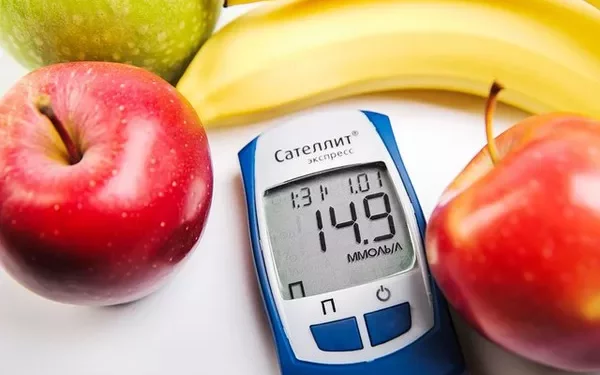A decade-long decline in the incidence of type 2 diabetes in Australia has been observed, according to a new study. However, the research, published in the Medical Journal of Australia, underscores significant disparities in the disease’s prevalence across age, ethnicity, and socioeconomic groups, particularly highlighting rising rates among younger men and certain ethnic populations. These findings call for targeted prevention efforts to address these disparities.
Study Overview
The study, titled Changes in the Incidence of Type 2 Diabetes in Australia, 2005–2019, analyzed trends in diabetes incidence over 14 years, examining variations by age, sex, ethnicity, socioeconomic status, and geographic location. Researchers from Melbourne used data from the National Diabetes Services Scheme (NDSS), which includes the majority of people diagnosed with diabetes in Australia.
The research team explored changes in diagnostic practices, such as the increased use of hemoglobin A1c (HbA1c) testing and a decline in oral glucose tolerance tests (OGTT), which may have influenced the reported trends in diabetes incidence.
Key Findings
Decline in Incidence
From 2010 to 2019, overall incidence rates for type 2 diabetes decreased, following an initial rise from 2005 to 2010. This decline was consistent across most demographic groups, including men, women, and individuals from different geographic and socioeconomic backgrounds.
Persistent Disparities
Despite the overall decline, the study revealed persistent disparities. People from socioeconomically disadvantaged backgrounds and rural areas, particularly those living in inner regional locations, continued to experience higher rates of diabetes compared to other groups. While major cities saw an increase in diabetes cases after 2015, areas with higher levels of disadvantage still had significant rates of new diagnoses.
Rising Incidence Among Specific Ethnic Groups
An alarming trend emerged among certain ethnic groups. The incidence of type 2 diabetes increased among people born in North Africa, the Middle East, the Pacific Islands, and parts of Asia, especially after 2011. This suggests a need for culturally specific interventions tailored to these populations.
Young Men at Higher Risk
A unique and concerning trend was observed among men aged 20 to 40. While diabetes rates declined in most other groups, this demographic saw a slight rise in incidence, potentially linked to demographic shifts and emerging risk factors. This underscores the need for targeted prevention strategies aimed at younger men.
Impact of Diagnostic Changes
The study also noted the shift in diagnostic practices over the years. HbA1c testing became more prevalent after 2012, which may have influenced the observed trends in diabetes incidence. However, the researchers caution that the decline in new cases is likely due to broader behavioral and environmental factors, rather than diagnostic shifts alone.
Conclusion and Recommendations
While the study highlights a positive trend in reducing diabetes incidence overall, it emphasizes that certain groups—particularly younger men and ethnic minorities—are experiencing higher rates of new diagnoses. This calls for more targeted public health strategies to address the rising tide of type 2 diabetes in these populations.
To ensure equitable healthcare, the study advocates for more personalized prevention and management approaches, including culturally tailored programs for at-risk groups. Moreover, the research highlights the need for better data collection, especially regarding ethnic backgrounds, to further refine strategies for addressing the diabetes epidemic in Australia.
In conclusion, while progress has been made in combating type 2 diabetes in Australia, the battle is far from over. Addressing the persistent disparities and emerging trends is crucial to reducing the overall burden of diabetes across the nation.
Related topics:
Sugary Drinks Fuel Global Diabetes and Cardiovascular Disease Epidemic
The Hidden Risk: Type 2 Diabetes and Increased Infection Vulnerability



























